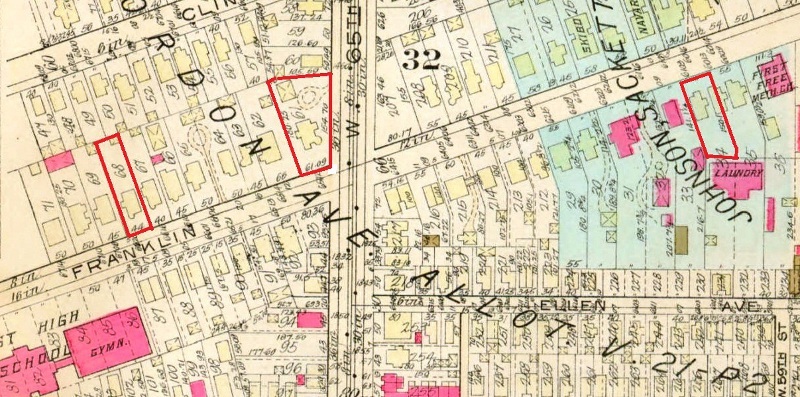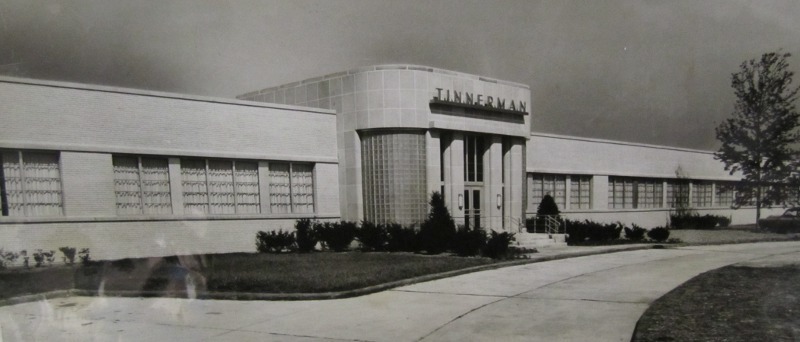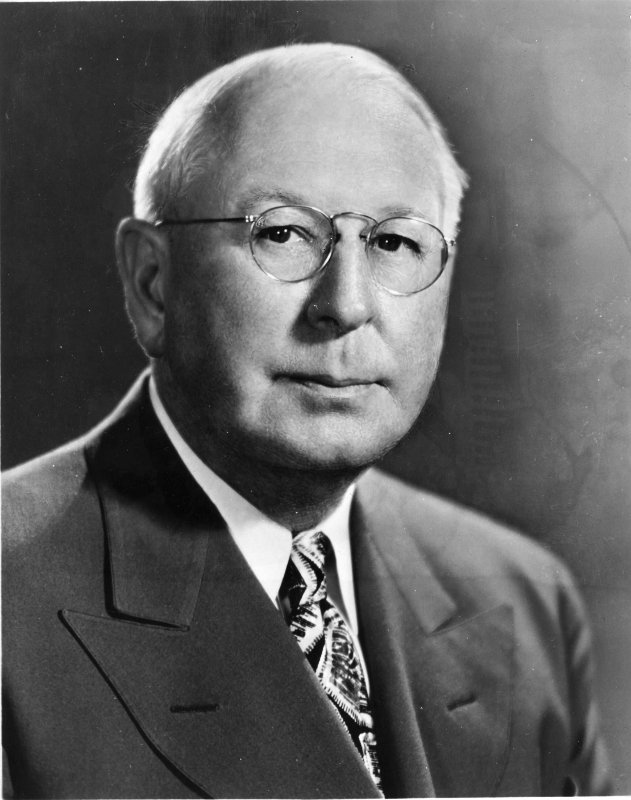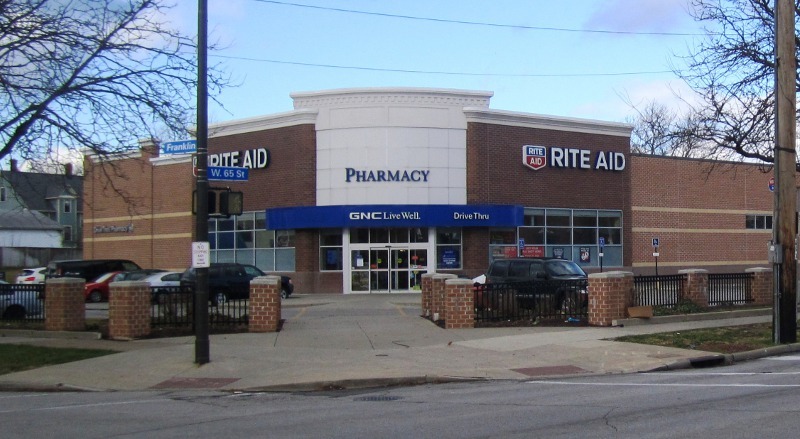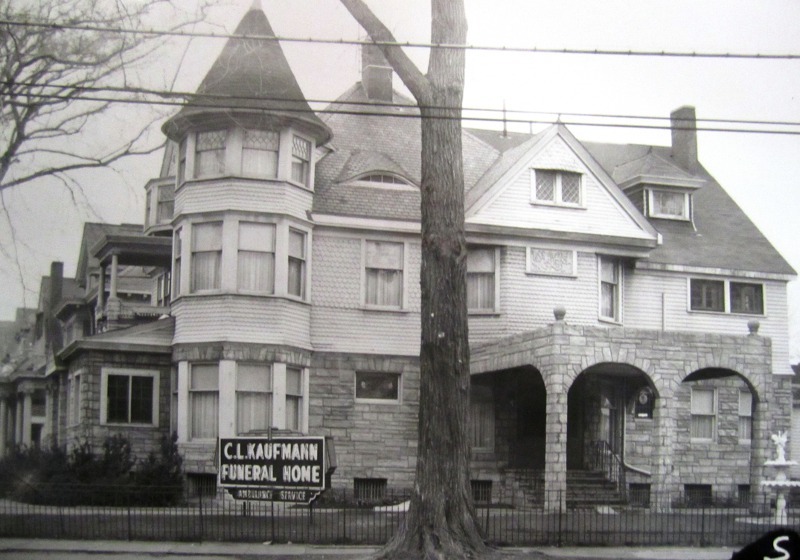
School children walking past the northwest corner of Franklin Boulevard and West 65th Street will someday remember it as where the Rite Aid neighborhood drugstore was located. Adults in the neighborhood remember that it used to be where the old Pick-N-Pay grocery store stood. Only the older residents of the neighborhood remember that up until the mid-1960s the Kaufman Funeral Home stood on this corner. And perhaps there are only a few, if any, left in the neighborhood who remember that, before it was the Kaufman Funeral Home, the grand old house on the corner of Franklin Boulevard and West 65th Street belonged to George August Tinnerman, a German immigrant who launched one of the great industrial enterprises in the history of Cleveland.
George August Tinnerman was born in Bavaria in 1845. In 1847, the year before the 1848 Revolutions which shook central Europe from Vienna to Paris, George immigrated to America with his parents Henry and Sophia Tinnerman. Like his father who was a wheelright, George entered the trades but as a tinner. In 1868, he opened a hardware store on Lorain Avenue--just east of its intersection with Fulton Road. Among the products George sold were cast iron stoves. In 1875, according to his son Albert, George became dissatisfied with the cumbersome cast iron stoves and invented the first steel range--a forerunner of today's range stoves. George became so successful in selling his new steel stoves that, in 1913, he closed his hardware store and began to exclusively manufacture stoves and ranges.
In 1890, as George Tinnerman grew financially successful, he and his family moved from their house on Fulton, which abutted the Tinnerman stove and range manufacturing plant, to a more fashionable address on the northwest corner of Franklin Boulevard and Gordon Street (now West 65th Street). George and his wife Caroline completed the raising of their four children in this house, and, when the children became adults, three of them acquired houses on Franklin Boulevard in the 6000-7000 block--none more than a few minutes walk from their parents' home on the corner of West 65th. Members of the Tinnerman family continued to live on Franklin Boulevard until well into the decade of the 1940s.
In 1925, George A. Tinnerman died and his son Albert H. Tinnerman, who until 1938 lived at 6910 Franklin Boulevard, took over the family business. In 1925, Albert invented a new fastener for stoves called a "speed nut." As it turned out, Albert's invention had application not only in the manufacture of stoves, but also in the manufacture of automobiles and aircraft. In the 1930s, Albert's son, George A. Tinnerman II, convinced Henry Ford to use the speed nuts in his automobiles, and in the 1940s, during World War II, the United States government also began using Tinnerman's speednuts in its aircraft. One source claimed that the federal government's use of the Tinnerman speed nut not only reduced the weight of American war planes, but also cut production time in half.
In 1950, Tinnerman Products-- now a national manufacturer of speed nuts and other clips and fasteners, moved from its original location on Fulton Road to a new state of the arts facility on Brookpark Road in the suburb of Brooklyn. During the decades of the 1950s and 1960s, Tinnerman Products continued to grow under the guidance of Albert Tinnerman and then his daughter Alberta Buttris, a third generation Tinnerman and granddaughter of George A. Tinnerman. In 1969, the company's separate corporate existence in Cleveland came to an end when it merged with Cleveland industrial giant, Eaton Corporation.
Today, the Tinnerman Stove and Range Company building at 2048 Fulton Road is home to Vista Color Imaging, a visual marketing solutions business. The former 100,000 square foot Tinnerman Products headquarters and factory in Brooklyn is now vacant and in search of a new business owner. And at the corner of Franklin Boulevard and West 65th Street, a Rite Aid drug store now stands where the fashionable home of George A. Tinnerman once stood. But, with three other homes of the George Tinnerman family still standing on the 6000-7000 block, you can still feel the Tinnerman presence on Franklin Boulevard.
Images

